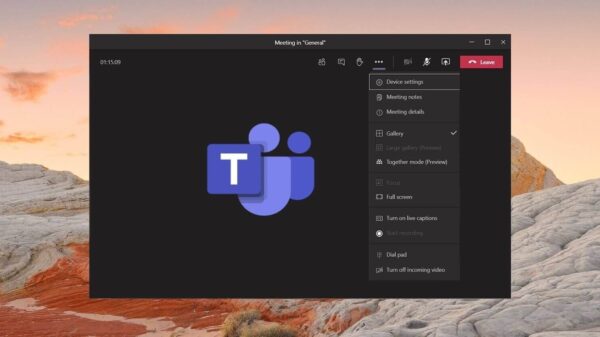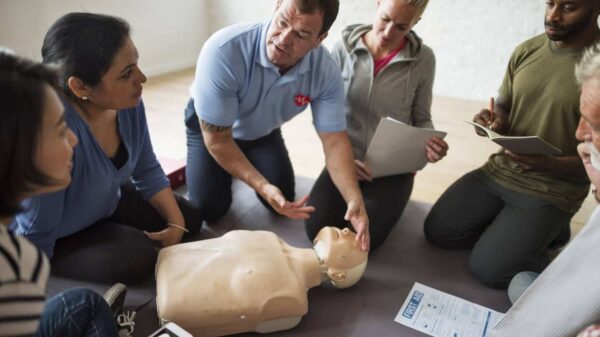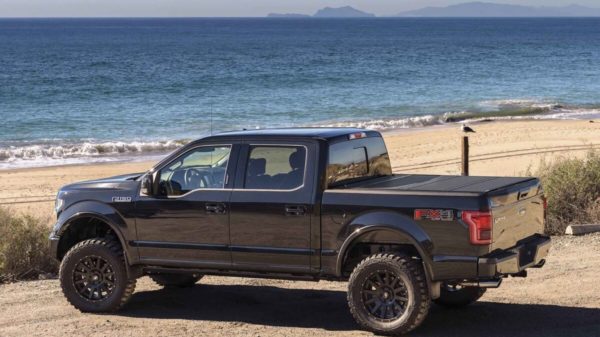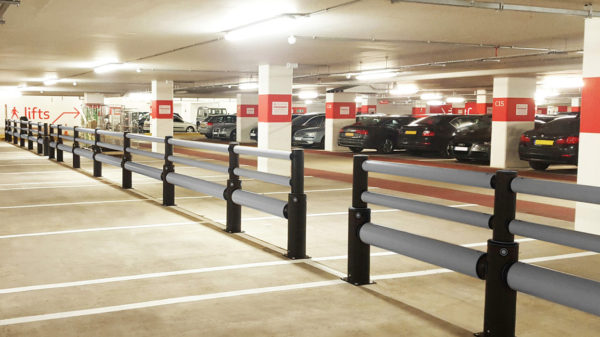Worldwide people are using more smartphones and touch-pads to access the internet. Web development in Phoenix experts advises that sites need to be responsive on a mobile device. Mobile-friendliness ensures that the site has what it takes to build a strong presence on the internet.
Web development in Phoenix experts can help you achieve that quickly. The sites which are unresponsive on mobile devices appeal to the clients who only have desktops, laptops, and tablets. As a result, the business stagnates and begins incurring huge losses.
Entrepreneurs who want to invest in a business website need to ensure that they have one which is viewable on all kinds of computer devices. It is the only way you will reach new and prospective clients, which is a way of growing the business. The main areas include a navigation bar, which makes a site easy to use.
There is a revolution in the world whereby a more significant percentage of people are owners of smartphones. More than 1.2 billion humans browse the internet via mobile phones, which is 15% of the traffic. Also, a quarter of all searches on the internet are traceable to mobile-based devices. Increased use of smartphones tells developers that they have to change their strategy to mobile-first and customer-friendly websites. Tasks such as inquiry, finding maps, social media platforms, booking flights, and uber transport is possible with mobile devices. The habit is common at home and while waiting for service in long queues.
Factors Web Designers Need to Consider Before Launching a Site
●User requirements
●Possible questions from users
●Disadvantages of some mobile devices
●The features that are challenging
Here are ways to design a responsive site:
Minimize the Menu Tabs
The navigation bar should only have a maximum of five menu buttons. Nesting is better since it makes the navigation menu short.
Reduce the Tabs
Ensure that users reach the area of interest on a website with a few clicks of the mouse or finger. Include a button that returns a viewer to the landing page or home.
Use a Navigation Bar that can Scroll
Vital product categories go at the top of the menu, and the less critical fall under them. Phones with small screens need scrolling.
Reduce the Height of a Header
Limit height by using headers that are bland. The content that appears below it matters more than the header itself. Site navigation needs to be clear to all users.
Change the View of the Site to Portrait
It is a standard view of many site users. The menu can read down or display across the entire page. The right view selection is crucial. Nesting menu links will help with the collapsing list.
Prioritize Things
When developing responsive navigation, think about your site’s primary pages, main categories, users’ actions, accomplishing user requirements, and clear paths to specific pages. The language is critical since it must be understandable. Make use of the colors and fonts that look appealing to the users. Ensure that the text is readable and reduce zooming in.
Also Read: Best WordPress Alternatives
Develop Sites for Touch Devices
The average finger used for clicking requires at least 45 pixels. Web owners need to collect feedback and change the visual features of the menu bar to help users select links and categories more easily.
Dropdown menus of a multi-tier navigation bar should be touchable and activated. Hover works best with desktops and laptops. Add links to images and icons to make navigation easier and fast. Font type and size consistency are essential in both mobile and desktop devices. Create content that is relevant to users and the purpose of the website.
Optimizing Small Buttons and Touch-Screens
●Position the navigation bar at the header and footer of every webpage
●Ensure there is enough space for content so that you do not have to hide the menu
●Make the navigation menu broad and short
●Design a logo that fits in the menu bar
●Button’s text should be short
●Include the main pages where users can easily see them
Things to Avoid
●Horizontal scrolling menus
●Avoid hovering on buttons
●Menus with sliders
●Boring content and design
Final Thoughts
New approaches to website development are evolving. Navigation is according to the specifications of users. Fresh and exciting content is a way of attracting traffic to a site. If you meet the user requirements, there is a guarantee that they will be loyal to your site. Implementing smooth navigation means that there will be fewer errors when a client is navigating through the pages. The customers that will stick to your site show satisfaction, hence you should give them the best website.
If you have technology niche based website and want to add contribution guidelines, you can add Write for us – Technology tab on your menu.































































You must be logged in to post a comment Login